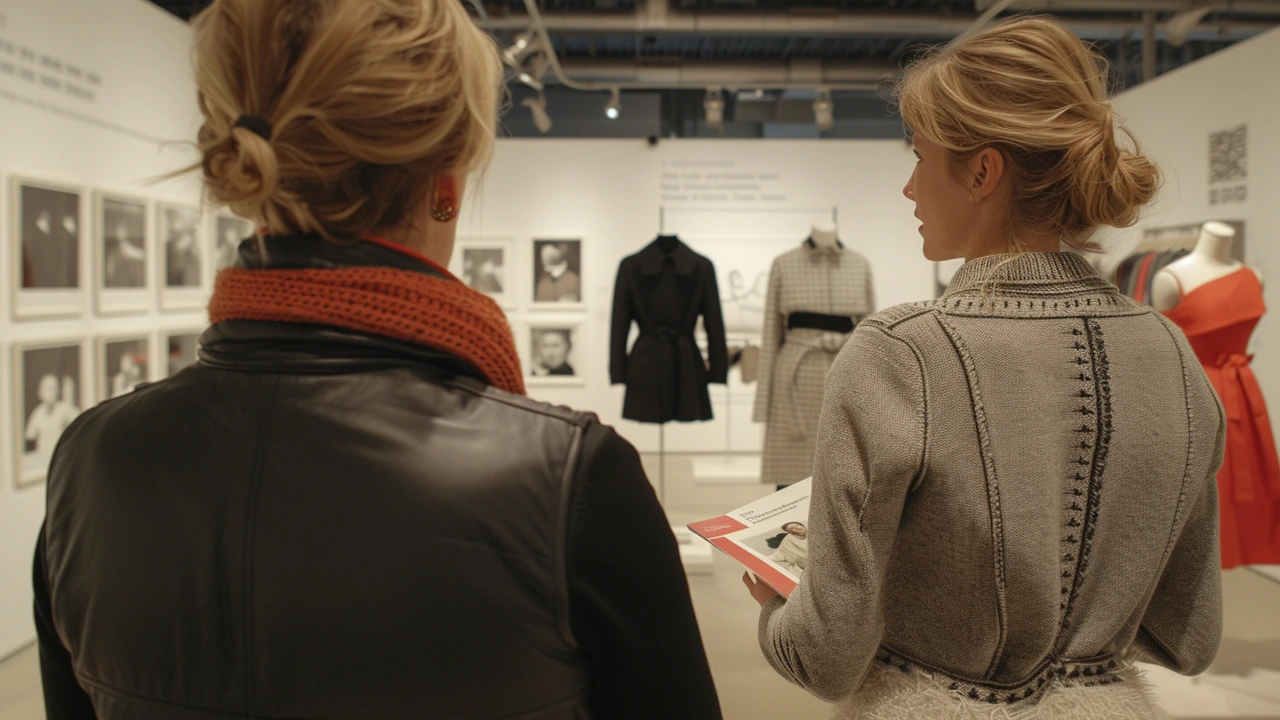As a passionate history and architecture enthusiast, I'm thrilled to introduce you to the engaging world of Ancient Roman architecture and its evolution. From the early structures to the sophisticated, intricate designs we see in the later periods, every step tells a story of influence, innovation, and insight. With this article, let's unfold the beauty of Roman architectural progression, understanding how society, politics, and cultural shifts shaped their iconic constructions. Join me as we journey through time, rediscovering our past through the lenses of Roman brick and stone.
September 2023 Archive — Highlights from Architectural Artistry Chambers
September brought nine compact, idea‑packed posts about architecture, design, and how style shows up in everyday life. You’ll find history, practical tips, and design principles you can use whether you’re studying buildings, updating a room, or thinking about city form.
What was published and why it matters
We opened the month with a clear look at Ancient Roman architecture. That piece shows how Roman techniques — like arches, vaults, and concrete — solved real problems: spanning space, moving people, and lasting centuries. Takeaway: when designing, focus on structure first. Durable basics let you add style later.
The Renaissance post zeroed in on proportion and geometry. It’s an easy reminder that good design often starts with simple rules. Want better rooms or facades? Test basic symmetries and scale before buying decor.
For lovers of ornament, the Beaux‑Arts article explains how grand symmetry and rich detail create civic presence. If you’re planning a public space or a formal room, consider hierarchy: a clear center, layered details, and strong entrances.
We also covered Gothic Revival, showing how pointed arches and vertical lines create drama. Use this if you want height and atmosphere — tall windows, narrow proportions, and layered tracery bring that mood without copying old churches exactly.
Modern movements and practical design tips
Bauhaus and Postmodern posts sit on opposite ends: Bauhaus argues for function, minimalism, and honest materials; Postmodernism invites color, irony, and historical references. Pick one approach for clarity, or mix elements carefully so your design has purpose and personality.
The Constructivist piece links architecture to city life. It’s a useful read if you care about circulation, modularity, and efficient public buildings. Urban planners and DIY civic designers can borrow its focus on function-first layout and bold, readable forms.
If you’re decorating on a budget, the Mid‑Century Modern guide gives practical tips: hunt for well‑made secondhand pieces, emphasize clean lines, and use a few statement items instead of buying everything new. Small swaps—lighting, a credenza, or tapered legs—make a big difference.
Outside pure architecture, we included a post on embracing international style in daily fashion. It’s a neat bridge: the same design principles—proportion, restraint, and thoughtful accents—work for both clothes and rooms. Try translating a color palette or silhouette from a city you admire into your decorating choices.
How to use this archive: start with what fits your goal. Want durability? Read Roman and Constructivist posts. Need style cues? See Beaux‑Arts and Gothic Revival. Want clarity and thrift? Check Bauhaus and Mid‑Century guides. Each piece offers a short history plus practical ideas you can apply today.
Want a reading order or specific tips for a project? Tell me what you’re working on and I’ll point you to the best posts and quick next steps.
Hi fashionistas! Explore how you can embrace international style in your everyday fashion. This post offers an interesting journey across the globe, talking about different fashion trends, tricks and tips to blend them into your daily wardrobe. Unravel the elegance of French chic, the coolness of Scandinavian minimalism, the playfulness of Korean style, and more. Let's embark on a fashion journey together, celebrating the rich, diverse aesthetics from around the world!
Hi there, fellow architectural enthusiasts! In this post, we're diving into the fascinating world of postmodern architecture. We will break down the norms of traditional architecture and explore how postmodern designs defy the usual boundaries. Expect to find a vibrant showcase of innovative concepts and an evolution of architectural designs through this post. Tune in for an exciting and insightful journey, and let's redefine architecture together!
In this post, I take you on a captivating journey into the past, exploring the rich and intricate world of Gothic Revival Architecture. We will dive into the origins of this artistic and architectural movement that left a lasting footprint in the 19th century. Unravelling the monumental structures, their ornate designs, and understanding the reasons behind the resurrection of Gothic styles, you'll gain a deeper appreciation for these grand pieces of our historical tapestry. It's quite the visual treat and intellectual adventure, so stay tuned!
Hi there, does the mid-century modern look resonate with you? If so, you're in for a treat because this post is all about how you can achieve this classic design on a budget. Expect tidbits ranging from selecting the right vintage pieces to incorporating those with a modern touch. We're all about creating that perfect balance without breaking the bank. So, buckle up, fellow decor enthusiast, for a joyride through the economical side of mid-century modern design.
Hey, it's your favorite blogger here, coming at you with a fascinating piece on how Constructivist Architecture is changing the way our cities look. Packed full of nuggets from the history of this architectural style, its prevalence, and impact on modern cities, this article leaves no stone unturned. We take a dive into how architects and city planners are using Constructivist principles to shape cities, providing the perfect blend of functionality and aesthetics. If architecture is your thing, or you're just curious about what's shaping the skyline around you, this piece is a must-read!
Hello, architecture enthusiasts! In this article, we explore the flawless marriage of art and engineering in Renaissance architecture. From towering domes to intricate details, the Renaissance period truly revolutionized the field of architecture. Prepare to be fascinated as we delve into the mesmerising aspects of symmetry, geometry, and proportion that characterizes this awe-inspiring era in architectural history. Join me on this journey as we appreciate the artistic beauty embedded in the architectural masterpieces of the Renaissance.
As an aficionado of architecture, I've recently found myself captivated by Beaux-Arts architecture. It's an intriguing style, steeped in history, which continues to influence modern designs. In this article, I'll be sharing my newfound appreciation for this magnificent style– from its ornate embellishments to grand, symmetrical layouts. Join me in discovering how Beaux-Arts continues to leave an unmistakable charm on our cityscapes.
Hello there, I'm thrilled to dive into the Bauhaus Style today - a revolutionary tidal wave that forever changed the face of modern art and architecture. We'll explore its roots and its profound influence on design education. Armed with a sense of curiosity and an eye for aesthetics, join me in reliving this groundbreaking period and getting to know the guiding principles that still shape our world. Stay tuned as we delve into the intricacies of this fascinating movement!









